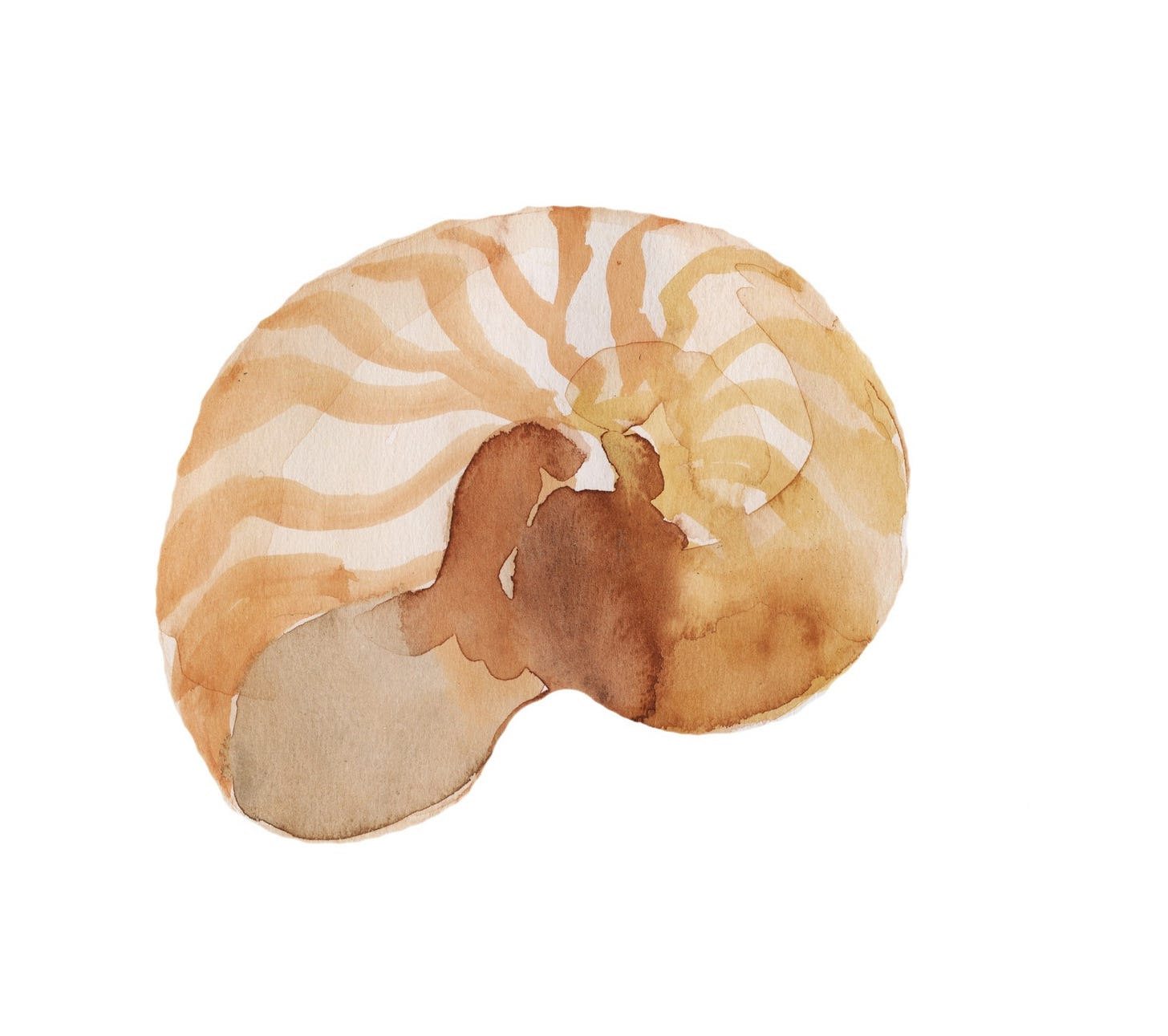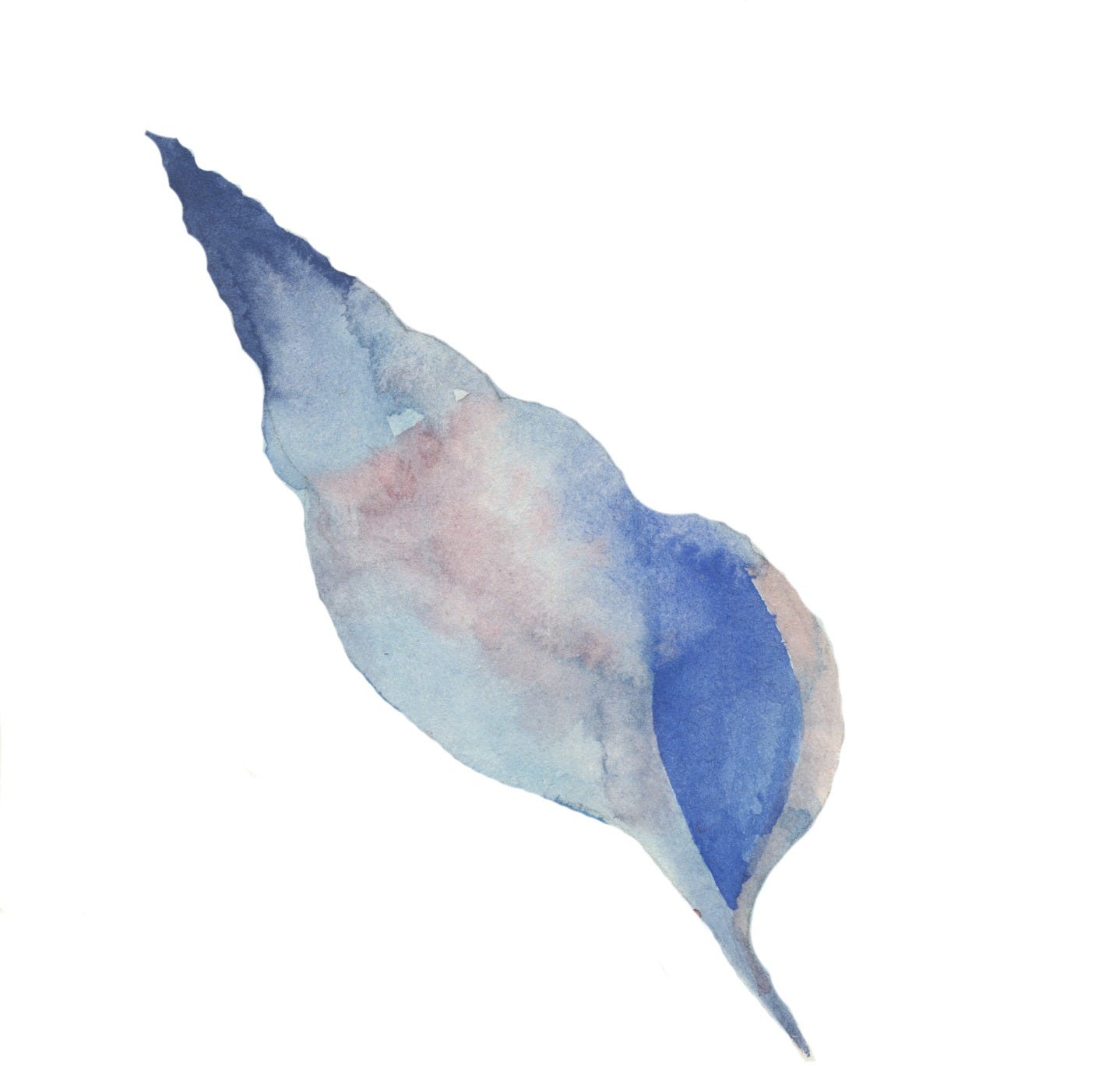Specializing & Transforming
Read excerpts from the first two chapters for free, and join us for our first group discussion on Friday June 13
Chapter 1: Specializing
We all start out no bigger than the period at the end of this sentence.
Look at it. That was us.
Just tiny specks holding tiny libraries with all the instructions for building two-legged creatures that hug, cook, and jump out of airplanes. From this one wee cell, the dot begins to copy itself—2, 4, 8, 16—each new cell emerging from the others to become no more than a minuscule raspberry.
But now these cells begin to diverge. Each holds a copy of the entire library, the human genome, but now starts to focus—to specialize. The workers in the various cells pull out books from the figurative library’s first floor, second floor, or third. They use the instructions to build a three-layered pancake stack—an ectoderm, a mesoderm, and an endoderm. And from there, the little creature goes gangbusters.
A mere ten weeks after the sperm and egg have merged, the tiny being has optic cells capable of harnessing light, cardiac cells that pulse, delicate fingernails, and an alien face. Bone cells, anything but lifeless and inert, build and shape scaffolding for the amorphous mass we would otherwise become. Energy-hungry muscle cells, insulin-growing pancreas cells, and meaning-making brain cells: all these develop from that one tiny speck. And all are enclosed in a delicate, transparent wrapping of skin.
What if I was just one of those cells—one person with something specific to offer and a certain perspective of the whole? Paul thought about this in terms of the body of Christ: “For as the body is one, and hath many members, and all the members of that one body, being many, are one body: so also is Christ” (1 Cor. 12:12).
When it comes to my fellow humans in Christ, I’m like one cell within one body.
In The Church of Jesus Christ of Latter-day Saints, at least, I wonder if we sometimes limit our application of the body of Christ idea to our callings within the Church. I hear it said that bishops are no more important than librarians or Primary teachers. Which is true, but maybe we should think more expansively, in terms of our individual vocations—those pursuits and ways of being to which we feel called, based on our unique life experiences, opportunities, and interests. Specializing our lives in this way seems to me a manifestation of gracing.
Casey1, a no-nonsense mentor, gives tough love to struggling youth in both informal and formal ways. Sarah, who suffers from lupus and diabetes, makes it a priority to reserve her strength to be present and undistracted when her young children return home from school. Jessie serves—always doing the quiet, behind-the-scenes neighborhood work of moving the Happy Birthday sign from yard to yard during her morning walks. Mark travels the world with his family, eating with Moroccans and exploring tropical rainforests. Amanda, a professor, is intelligent and thoughtful—with her, conversations are always engaging.
And even within the realm of Church callings, our offerings are unique. Lauren was initially overwhelmed at being called as Relief Society president, panicking as she envisioned herself carting a wheelbarrow full of cleaning supplies and lasagnas through the neighborhood. Later she found grace in recognizing that her brand of love looked different but was no less valuable. The way she sat on my couch, listening with her whole body, was a beautiful form of love. No doubt she showed up for others in this way too.
The body of Christ has comedians and dancers, activists and healers, politicians and painters, musicians and athletes, those who cherish the good and those who root out the bad. There are thinkers and doers, speakers and listeners, teachers and learners, people who have found grace and those who are still seeking it. In my ideal conglomerate self, I would be all these things. But my life is embodied, not ideal—lived out with a particular personality, body, and mind. In choosing one life, one way of being in the world, I don’t need to assume my work matters less than others. I also don’t need to judge my friends for not choosing the life I have.
In the body of Christ, Casey is a foot, Mark an eye, Sarah a shoulder, Lauren a neck. My friends are elbows, ears, hearts, wombs, and backs. Part of choosing a certain devoted life involves un-choosing other devoted lives. It means appreciating and supporting other vocations and ways of being that look vastly different from our own.
REFLECT:
In what work do you find yourself immersed in grace, participating as a unique voice in the body of Christ? What divinely unique gifts do you have to offer in your relationships, work, and service?
Join us in our Substack chat on Friday at 12pm Mountain time to discuss—and if you can’t make it then, please feel welcome to share your thoughts and read the thoughts of others at any time.
Chapter 2: Transforming
My friend has been known to collect particular milkweed leaves. Clinging to the undersides of these leaves are small, off-white eggs, no bigger than a pencil tip. She takes them home, places them within jars and other containers, and then waits for them to hatch. After the hungry caterpillars emerge, they feast on the thick, white milk oozing from the milkweed leaves, and my friend generously shares the caterpillars with neighbors eager to witness the extraordinary monarch metamorphosis.. My children and I have been some of the lucky recipients.
The transformation is radical. The caterpillar starts as a thin eating machine, striped with yellow, white, and black. It moves like a Slinky toy, alternately expanding and contracting its various midsections—each set of legs grasping its own foothold while its mouth rhythmically clears slices of leaf, harvesting its dinner like corn on the cob. Its head pings back and forth like a typewriter. In searching for new landing spots, the caterpillar arches its back in an upward dog yoga pose, then gently stirs the air with its head while its antennae flit around—searching.
Eventually, after becoming sufficiently and uncomfortably plump, the caterpillar climbs to the top of our kid-friendly butterfly enclosure, where it spins a sticky silk pad into which it wriggles and twists its rear end to firmly attach itself. Now upside down, it hangs suspended like an acrobat preparing for a marvelous trick. Its body swoons, settling gently into a curved “J.”
At this point, the caterpillar essentially unzips its outer skin, shedding it to reveal a pale green inner skin, or chrysalis, inside. Contrary to popular belief, the chrysalis is not like a sleeping bag the caterpillar builds around itself. Rather, it’s part of the caterpillar’s own body—like a deeper layer of skin. Throughout this shedding process, the caterpillar wriggles and twitches and heaves, looking very much like my swaddled babies, restless before sleep.
Soon, however, the chrysalis relaxes and stills. If we could peer inside, we would see the tissues of the caterpillar essentially liquefy. The caterpillar is basically digested into a chunky bug soup. Along with a few portions of muscle and other tissue, some small bundles of cells, called imaginal discs, remain intact. These undifferentiated cells were present, but dormant, in the caterpillar. But now they are given the green light and grow rapidly into the legs, body, eyes, antennae, and wings of the developing butterfly. The body is assembled using building blocks from the bug juice. It’s an astounding process, as radical as if humans were unzipped, then slowly digested in a sack, leaving inner gravel-sized pellets intact, and from which albatrosses grew from the same genetic code.
After one or two weeks, the pale green chrysalis becomes transparent, and the black and orange wings and wriggling limbs become visible inside—like a baby who is newly delivered inside a miraculously undamaged amniotic sack. The clear casing fissures, like an opening bud, and the monarch crawls out, crinkled and wet. Its straw-like proboscis flexes and extends, readying itself to feed.
After our butterfly is born, my children place orange slices in the enclosure and watch the butterfly slurp up the juice. The butterfly’s wings harden as blood-like hemolymph fills the flaccid wing veins.
We take the enclosure outside and unzip the exit door. Like a gangly newborn giraffe, our butterfly awkwardly starts and stops and flutters against the enclosure until it finds the opening, then dances its way out into the sunshine. It has gone from Slinky to bug soup to flying flower—taking flight alongside the fledgling bird. Who would have thought?
All this has me thinking about transformations—the radical, revolutionary kinds that turn the world upside down, disorient and then reorient, and birth mind-altering ways of being in the world. I don’t think these transformations are confined to butterflies. And I do think they highlight yet another way we enter the flow of grace.
REFLECT
When were your paradigms deconstructed during a specific period of life? What held and rooted you through the disorienting process? What is holding you now?
Join us in our Substack chat on Friday at 12pm Mountain time to discuss—and if you can’t make it then, please feel welcome to share your thoughts and read the thoughts of others at any time.
To receive future emails in this series, first be sure you are subscribed, then go to faithmatters.org/account and turn on notifications for “Gracing.” We’re glad you’re here! Email info@faithmatters.org with any difficulties and we’ll be happy to help.
Names in this chapter have been changed.





